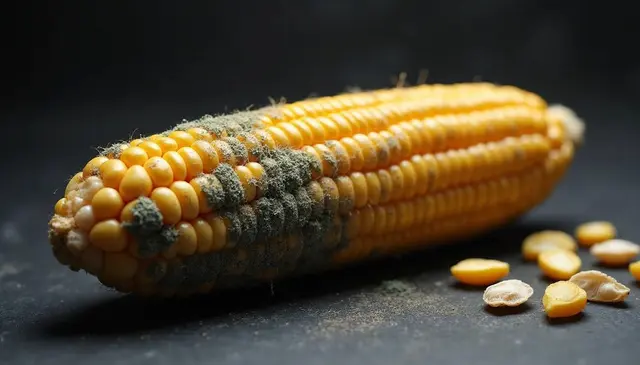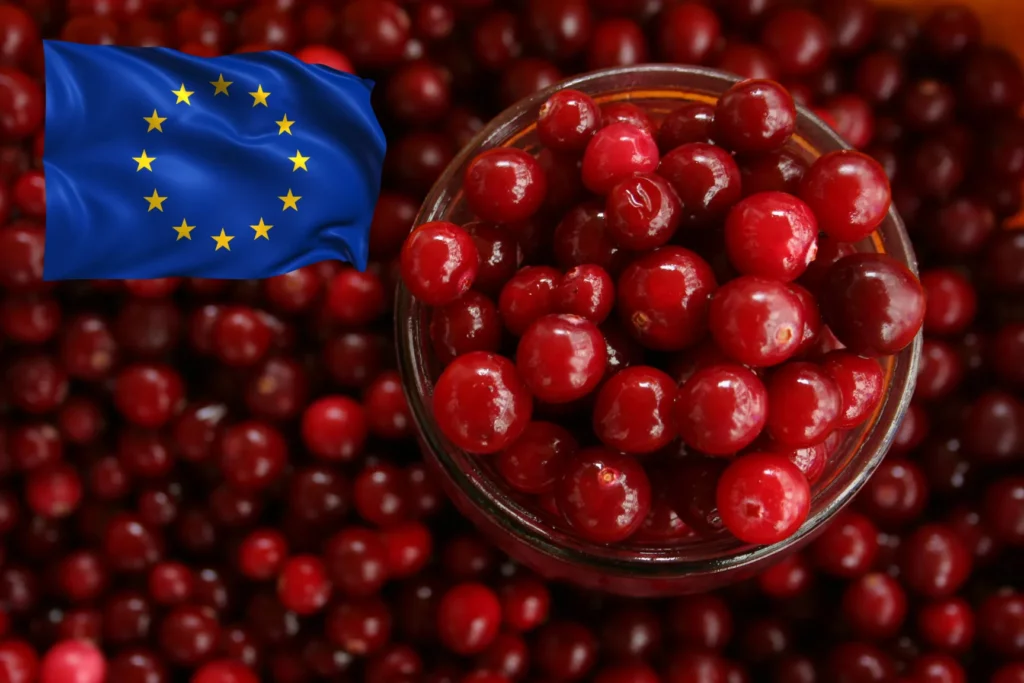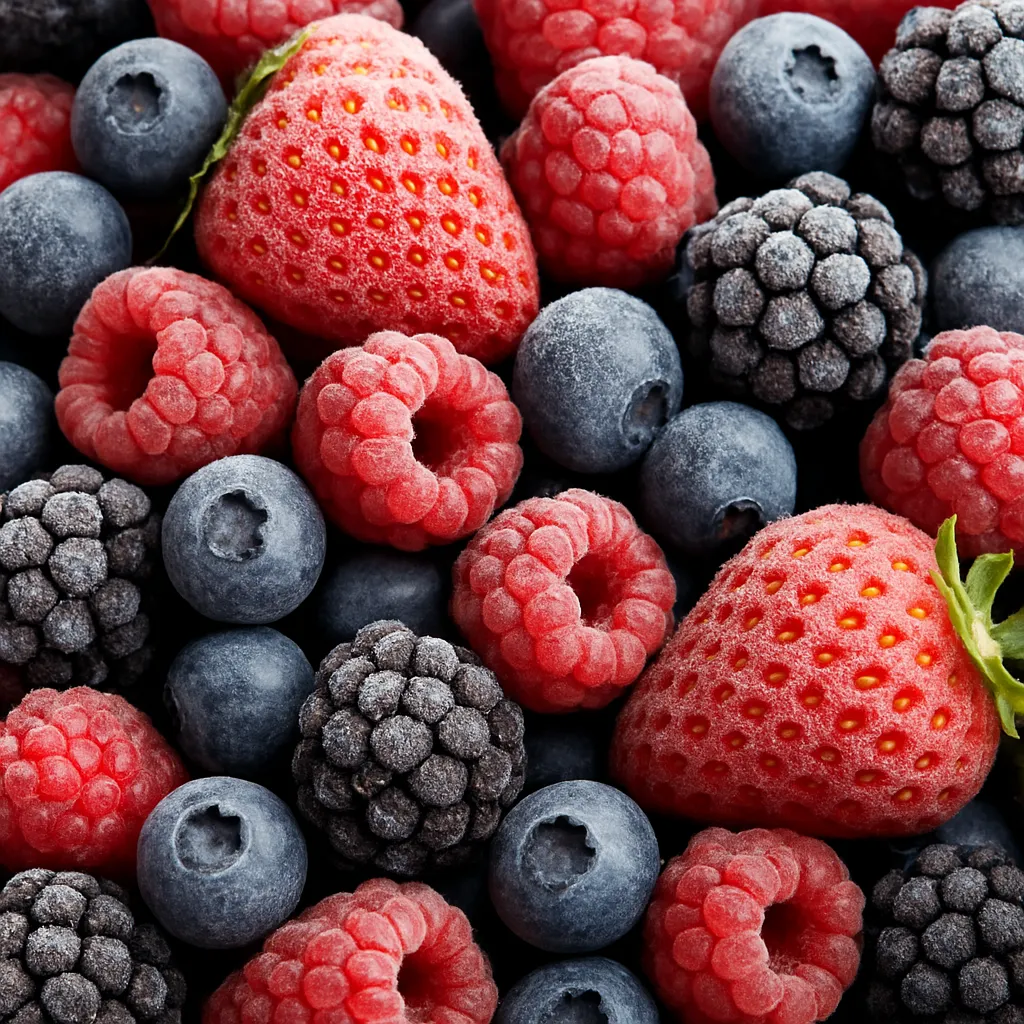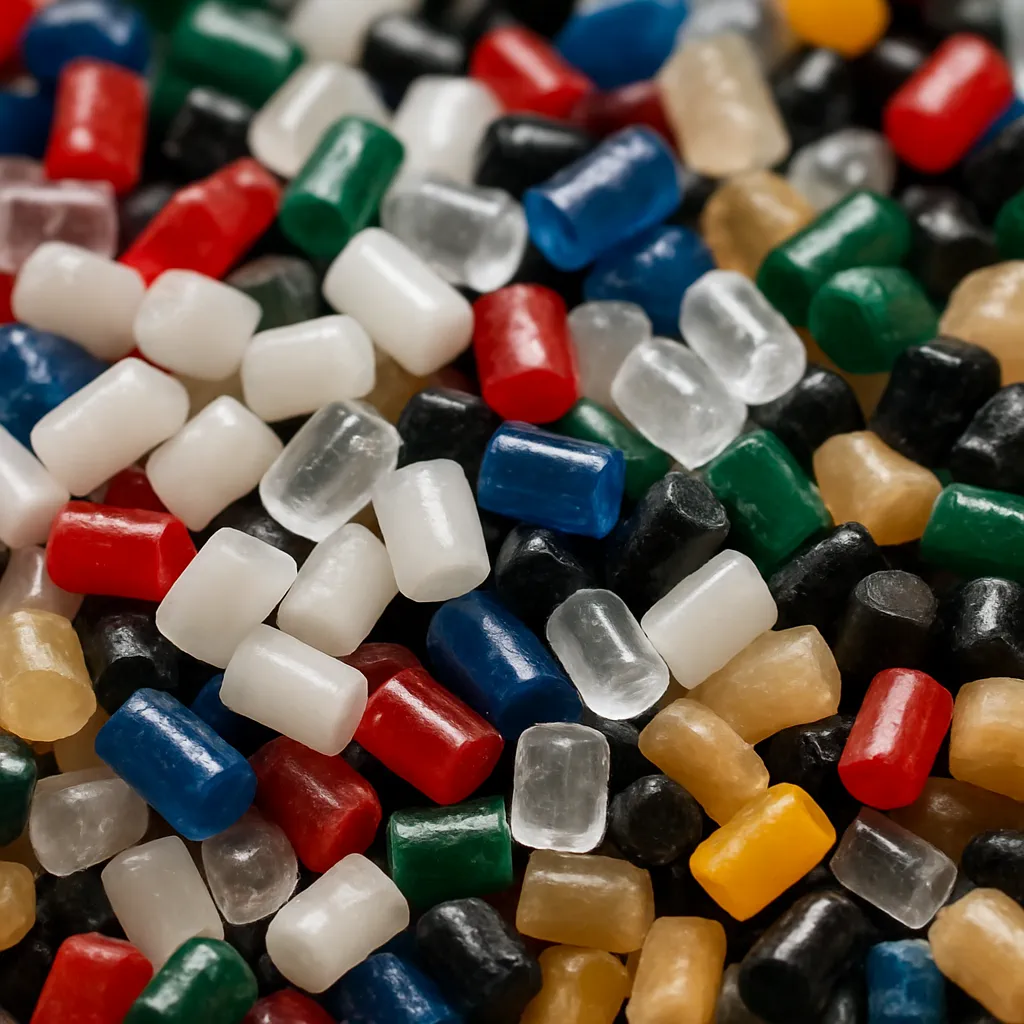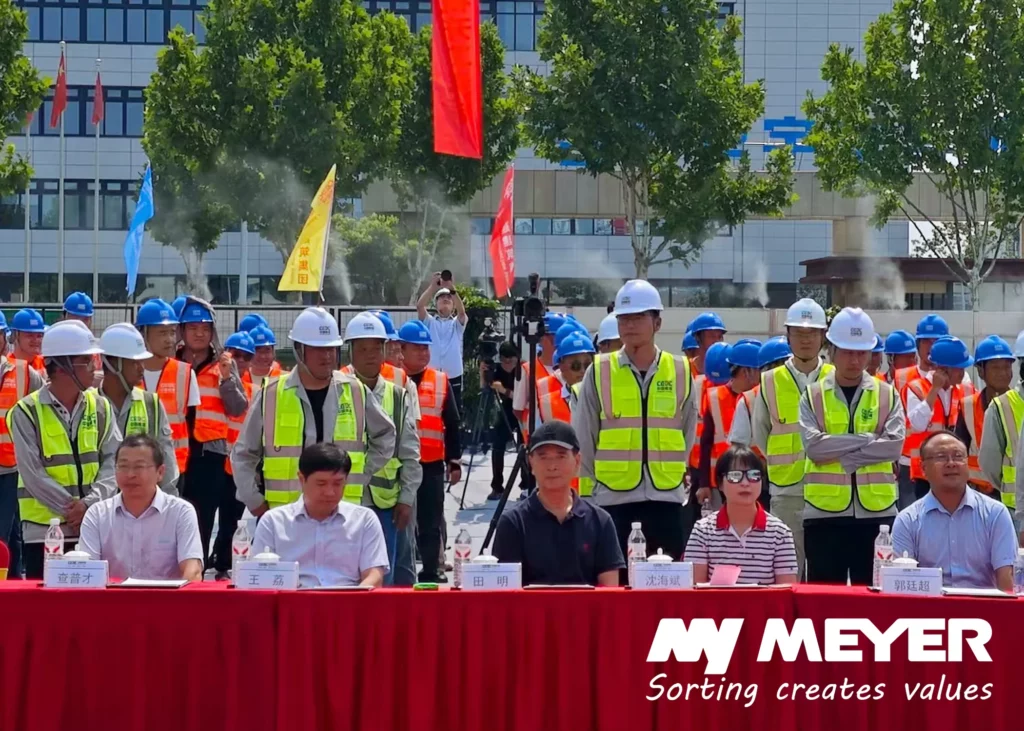1. Why Optical Sorting Matters for Specialty Crops
1.1 Growing Need for Premium Quality
- Consumer Expectations: Modern consumers want clean, uniform, and contaminant-free products. Quinoa and chia seeds, known for their health benefits, must meet stringent quality benchmarks.
- Protecting Brand Reputation: Any foreign material or visual defect can undermine consumer trust and tarnish a brand’s image.
1.2 Specialty Crop Challenges
- Contamination and Foreign Materials: Small seeds like quinoa and chia are prone to contamination from stones, husks, and organic debris.
- Color and Maturity Variations: Both quinoa and chia often feature a range of hues, making consistent appearance crucial for market appeal.
- Labor Limitations: Manual sorting is labor-intensive and inconsistent, prompting producers to adopt automated solutions.
2. Optical Sorting in Quinoa Processing
Quinoa’s surge in popularity—from an Andean staple to a global superfood—means producers need reliable sorting systems that maintain tight quality control.
2.1 Key Quinoa Sorting Goals
- Foreign Object Removal
Sticks, stones, and other debris can be efficiently detected and removed based on size, shape, or color—essential for food safety and product purity. - Color Uniformity
Exporters often require consistent, light-colored varieties like golden or “white” quinoa. Advanced cameras on optical sorters quickly separate darker or off-spec seeds.
3. Optical Sorting for Chia Seeds
Chia seeds have become a global favorite for their omega-3 fatty acids, protein, and fiber. However, their small size and color variations can pose significant sorting challenges.
3.1 Unique Sorting Needs for Chia
- Color Variation
Chia seeds range from black to gray or white. Different markets may demand a specific color mix (e.g., predominantly black seeds with minimal white), making precise color sorting crucial. - Removal of Other Small Seeds and Debris
In areas where chia is cultivated, fields may contain other tiny seeds or plant fragments that blend in easily. - Detecting Damaged or Split Seeds
Cracked or broken seeds compromise shelf life and can affect nutritional value, making them undesirable in premium shipments.
4. How Optical Sorting Works: A Quick Overview
Optical sorters use high-definition cameras, lasers, and near-infrared (NIR) sensors to identify defects, foreign materials, and color deviations. As seeds flow through the machine at high speed, specialized detection software spots unwanted items or seeds that don’t meet quality standards. These are then removed via precisely targeted air ejectors.
| Core Component | Function | Key Benefits |
| RGB Cameras | Capture high-resolution images of each seed | Quickly detect color defects and foreign materials |
| NIR (Near-Infrared) | Analyzes density and moisture | Identifies contaminants that share a similar color profile |
| High-Speed Air Jets | Precisely eject defective seeds from the main product flow | Ensures minimal waste and maintains fast processing speeds |
5. Major Advantages for Quinoa and Chia
- Enhanced Food Safety
Minimizing foreign objects and microbial risks leads to safer, cleaner end products. - Consistent Market-Ready Appearance
Uniform color and size align with consumer preferences for “perfect” seeds. - Lower Operational Costs
Reduced reliance on manual labor boosts efficiency, essential for growers and processors of all sizes. - Maximum Profitability
High-grade, well-sorted seeds fetch premium prices, especially in export markets with stringent standards. - Compliance with Regulations
Automated sorting helps meet diverse global certifications, from organic seals to international food safety standards.
6. Future Outlook: Advancing Automation and Intelligence
As the agri-food sector moves toward more digitized and automated processes, we can anticipate:
- AI-Driven Enhancements: Machine learning algorithms that refine sorting accuracy with every pass.
- Real-Time Monitoring: Cloud-based dashboards allowing operators to track production stats and fine-tune settings remotely.
- Predictive Maintenance: Sensor-based alerts and analytics to preempt equipment downtime.
7. Conclusion
As quinoa and chia seeds ascend from niche health foods to mainstream pantry staples, optical sorting is increasingly pivotal to delivering top-quality, contaminant-free products. The move away from manual sorting toward advanced, automated solutions—particularly those offered by Meyer—not only ensures a higher level of purity but also lowers operational costs and bolsters market appeal.
With ever-growing consumer expectations and tightening regulatory demands, cutting-edge optical sorting technologies are no longer optional luxuries but essential investments. In this fast-evolving landscape, incorporating these systems positions quinoa and chia processors to stay competitive, deliver superior-quality goods, and meet the robust demands of global markets.
Additional Resources
- FAO Quinoa Database
A comprehensive source of information on quinoa production and global trade. - Meyer Corp: Optical Sorting Solutions for Seeds
An overview of advanced sorting systems specifically tailored for seeds. - Research Paper: “Grain Quality Assurance Through Optical Sorting: A Review” (NCBI)
Explores the latest developments in sensor technology and grain processing. - Book: Quinoa: Improvement and Sustainable Production by Kevin S. Murphy and Janet Matanguihan (Wiley, 2015)
Offers an in-depth look at cultivation, genetics, and post-harvest handling of quinoa.


